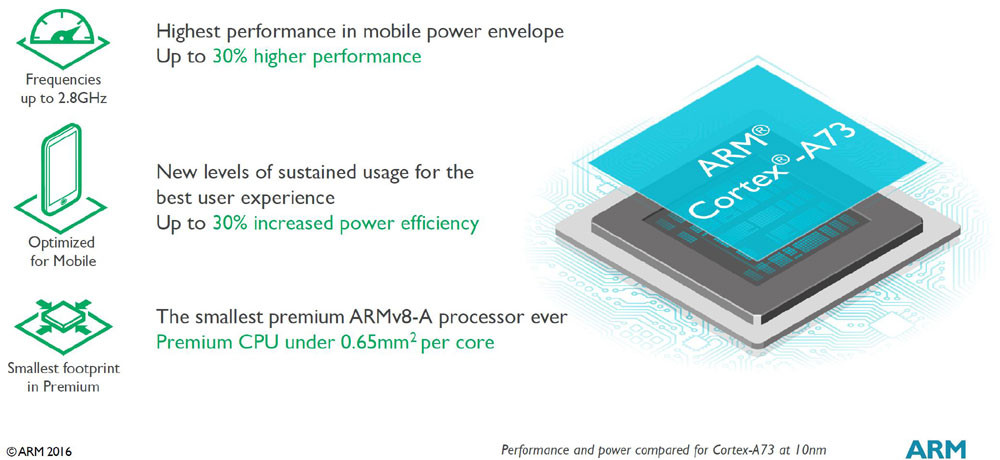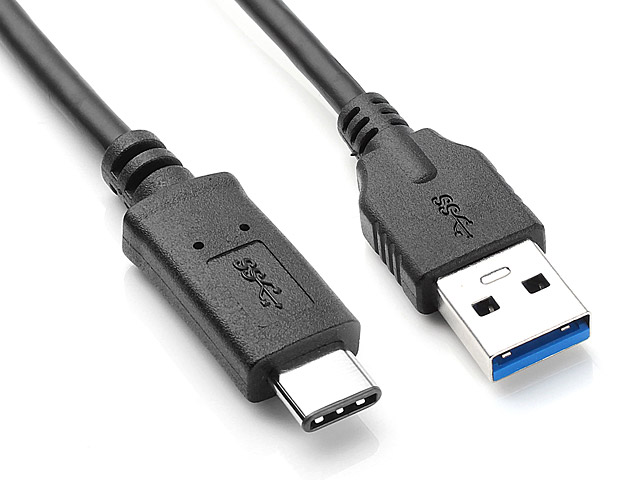
Last year was all about rumors and reports of major smartphone OEMs struggling to integrate an in-display fingerprint scanner in their devices. This year though, that dream is going to turn into a reality and Vivo gave everyone a glimpse of it at CES 2018.
The Chinese OEM had a working smartphone at CES 2018 with an in-display fingerprint scanner. Plenty of videos about the phone have gone live since then showing the in-display fingerprint scanner in action. Vivo is making use of the optical fingerprint scanner from Synaptics which was unveiled a couple of months ago.
The process of unlocking the phone with an in-display fingerprint remains the same as a phone with a capacitive sensor. But here, you need to place your registered thumb or finger on a specific part of the display. As The Verge reports though, the fingerprint scanner is slightly slower to unlock which is understandable. You are roughly looking at an unlock time of around 0.7 seconds. The slower unlock times is not going to be a deal breaker but its something that you will immediately notice while coming from a phone with a traditional capacitive sensor. However, I think that’s a very small price to pay for the overall coolness factor and ergonomic win.
For now, only Synaptics has unveiled its in-display fingerprint scanner. Vivo is expected to be the first OEM to launch a smartphone with the fingerprint scanner. Due to how the fingerprint scanner works, it will only work on phones that feature an OLED panel. Interestingly, while Samsung and Synaptics were reported to be working closely on the in-display fingerprint scanner, the Korean company is not going to make use of the fingerprint scanner on its upcoming flagship — the Galaxy S9. Other OEMs, however, are likely to include an in-display fingerprint scanner on their flagship devices this year as it would give them a marketing edge.
[Via The Verge]
















